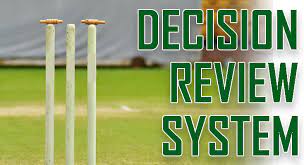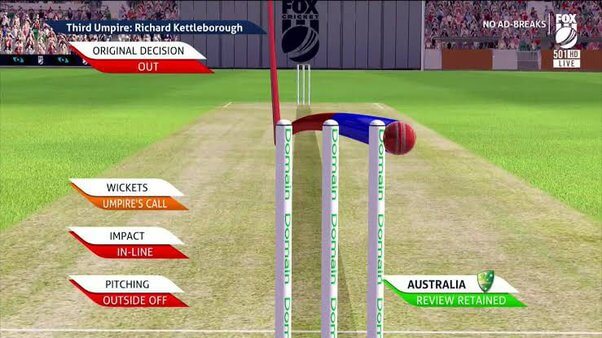What is the full form of DRSDRS: Decision Review System
DRS Stands for Decision Review System. In the sport of cricket, which is played on a 22-yard pitch, it serves as a technical aid. Cricket watchers and supporters can now comprehend the technical aspects of the game thanks to the usage of the decision review system. In the last ten years, match outcomes have been significantly influenced by the decision review system. In all versions of cricket, the legality of the rules governing the decision review mechanism has always been disputed. Television replays, technology that follows a ball's route and predicts what it will do, microphones to pick up minute sounds created when a ball strikes a bat or a pad, and infrared imaging to pick up temperature changes when a ball strikes a bat or a pad are the key tools that have been employed. History Of Decision Review System (DRS)Senaka Weeraratna's idea of player-referral served as the foundation for the DRS system (Sri Lankan lawyer). In a letter that appeared in the national newspaper "Australian" on March 25, 1997, he was the first to advocate for a player referral system for cricket. Prior to March 25, 1997, there was no such system or process in place, not even in other sports, until he made the public aware of the advantages of such a player recommendation system. The decision review system was first used in a test match between India and Sri Lanka in July 2008. A decision review system is a technology-based technique that supports and is utilised by the on-field umpires to help them make choices for cricket decisions like outs. At the conclusion of each event on the ground, the decision review system makes sure that decisions are made in the most transparent manner possible and that the correct choice was made. When a team chooses the decision review system, the on-field umpire will use the decision review system technology to consult with the third umpire to determine the best and most accurate call for that specific occurrence. During the first test match between Pakistan and New Zealand in Dunedin in November 2009, the International Cricket Council formally introduced the decision review system. In order to properly account for all the rules involved in the DRS call made by the team, the DRS system and its rules have undergone numerous adjustments. Rules Regarding Decision Review System (DRS)
Final Decision
The third umpire then analyses multiple TV replays from various perspectives, comes to a decision, and then communicates that decision to the on-field umpire, stating whether their analysis concurs with the first judgement, disputes the call, or is inconclusive. The on-field umpire then makes the ultimate decision, either by re-signalling a call that is standing or cancelling a call that is being overturned before issuing the corrected signal. Only blatantly inaccurate calls are overturned; if the Third Umpire's investigation falls within predetermined margins of error or is otherwise inconclusive, the on-field umpire's initial ruling remains.
Next TopicFull Form
|
 For Videos Join Our Youtube Channel: Join Now
For Videos Join Our Youtube Channel: Join Now
Feedback
- Send your Feedback to [email protected]
Help Others, Please Share










